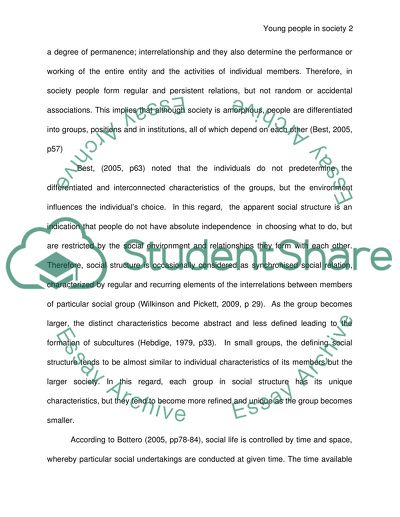Cite this document
(“What are the predicaments and advantages of 'being young' in Essay”, n.d.)
Retrieved de https://studentshare.org/sociology/1421618-what-are-the-predicaments-and-advantages-of-being
Retrieved de https://studentshare.org/sociology/1421618-what-are-the-predicaments-and-advantages-of-being
(What Are the Predicaments and Advantages of 'being young' In Essay)
https://studentshare.org/sociology/1421618-what-are-the-predicaments-and-advantages-of-being.
https://studentshare.org/sociology/1421618-what-are-the-predicaments-and-advantages-of-being.
“What Are the Predicaments and Advantages of 'being young' In Essay”, n.d. https://studentshare.org/sociology/1421618-what-are-the-predicaments-and-advantages-of-being.


